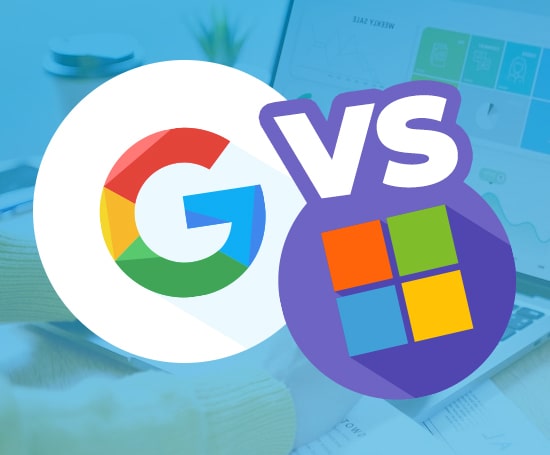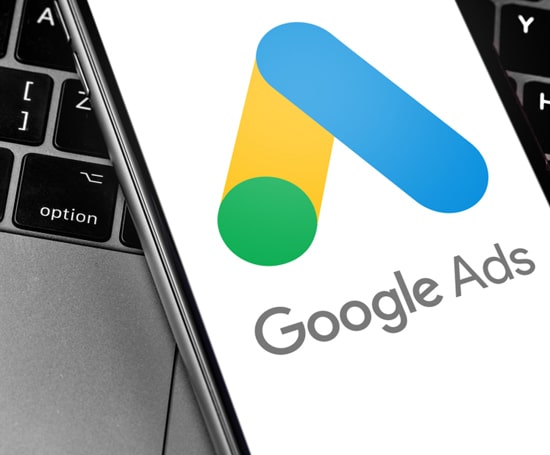Latest From The Sayu Blog



Pay Per Click (PPC) advertising refers to advertising products or websites on the World Wide Web with search engines like Google, or price comparison sites like Kelkoo. With PPC advertising your ad will be displayed when people are looking for your products or services, but you only pay when they click on your ad, hence the term Pay Per Click. In the case of price comparison sites the advertiser chooses which products they want their ad to be shown for. In the case of advertising with search engines, the advertiser chooses which search queries their ad should be displayed for. For example, a company selling consumer electronics may wish their ad to be displayed when people search for 'consumer electronics', or when they search for 'tvs', 'teles' or 'televisions'. These are all 'keywords' that the advertiser can choose their ad to be displayed for.
The position of your ad in the so-called sponsored listings of a search engine like Google, is partly determined by how much you are willing to pay for a click. When advertising with Yahoo, this is the only thing that matters, although that may change. With Google, other aspects like ad relevancy and landing page content play a role as well.
The advantage of an advertiser gaining a high position for their ad is that it is most likely to result in more traffic to their website, than if the ad was at a low position. However, a high position will be more expensive, and may not be the most profitable option. We therefore need to determine what the optimal position is, which depends on the following aspects:
The two graphs below indicate how the position is related to the CPC and how the CTR is related to the position of the ad.

Figure 1: Position of the ad as a function of the CPC

Figure 2: CTR as a function of the Ad's Position.
Suppose we are selling products on a website, where the conversion rate is 2% (i.e. 2% of visitors to the website buy the product) and the margin on that product is £25.
Suppose the CPC for your ad in top position is 50p. If the conversion rate is 2% we need on average 50 clicks to get an order, so it will cost us on average £25 (50 clicks x 50p) to get an order. That is the same as the margin so it wouldn't be worth while to pay 50p per click to get the ad in top position.
Paying 36p per click gets the ad in the second position, and the CTR is 12.5% (see Figures 1 and 2). If the CTR is 12.5% that means that from every 1000 impressions of your ad, you get 125 clicks. With a conversions rate of 2% these 125 clicks result in, on average, 2.5 orders. The margin on these 2.5 orders is £62.50, while the advertising cost is 120*£0.36=£43.20. Hence the final profit (from 1000 impressions of your ad) is £19.30
In position 3 the CTR is 10.5%, and the cost per click is 30p. With a CTR of 10.5%, 1000 impressions would result in 105 clicks and 2.1 orders, giving a margin of £52.50 The advertising cost in this case is £31.50, leaving a final profit of £21. Hence advertising in position 3 is more profitable than advertising in position 2.
When advertising with Yahoo, all bids for a keyword (the CPC the advertiser is willing to pay) are public, and hence we can determine how much the advertiser will pay for each possible position, although this may change rapidly as competitors can change their bids. Google does not publicise bids of competitors, and hence it is unknown how the position is affected by the CPC. We use historic data to estimate how the position changes when the bid is changed using statistical regression techniques. The relation between the CTR and position is also estimated using these techniques based on historic data.
Using the statistical models we can estimate the profit we could make per 1000 impressions for each possible CPC. The following figure gives the profit per 1000 impressions based on the models as depicted in Figures 1 and 2. As the CPC is increased up to 28p the profit increases to a maximum of £21.60. Increasing the CPC further is not worthwhile as the profit per 1000 impressions decreases. Hence the optimal CPC in this example is 28p, giving a profit of £21.60 per 1000 impressions.

Figure 3: Margin Per Impression as a function of the CPC
To continue reading about how to mine the long-tail to maximise your ROI read part two of our article. Or, if you're interested in our PPC management services give us a call on 01642 664550.


